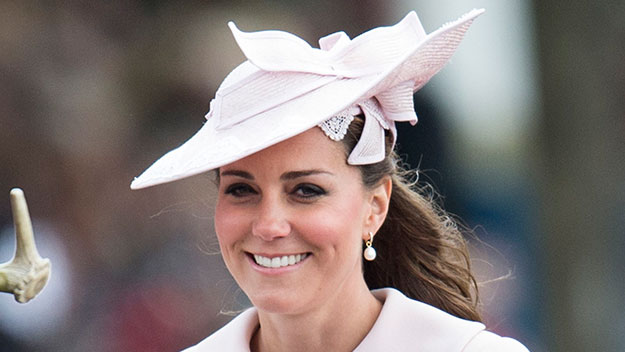Staying active during labour is well-known to help the process along, so it’s good to remember some tried-and-tested positions to make your baby’s delivery as easy as possible. According to research, women who use upright positions in labour, like walking, sitting, standing or kneeling, may shorten their delivery time by as much as an hour, as gravity assists in opening the pelvis.
Staying upright and moving your hips helps ease the baby’s head towards the birth canal. Mums-to-be who get into good positions are also less likely to use pain relief, according to the same study.
Just as every labour is unique, so too are the positions you’ll favour – and you’ll need a range of different positions for different phases of labour. As labour progresses, changing positions will help keep you focused and energised. Practise these positions ahead of delivery day.
Labour stages explained
First stage
- Active
Your cervix dilates up to 8cm, contractions are frequent and last up to 90 seconds.
- Transitional
Starts when your cervix is about 8cm dilated. Contractions are less frequent but strong.
Second stage: Delivery
Starts when your cervix is fully dilated and finishes when your baby is born.
Positions for the active phase
The slow dance

●Getting into position
Stand facing your birth partner. Put your arms around his shoulders and neck, resting your head on his chest. Your partner needs to place his arms around you and clasp his hands at your back. Sway your hips together, just as if you were slow dancing.
●How does it work?
Swaying your hips rhythmically helps ease pain, speeds up the first stage of labour and encourages your baby to move deeper into your pelvis. “Gravity will help your baby move down and settle into the right position for birth,” says midwife andM&Bexpert Megan Baker. “This position also offers intimacy with your partner and lets him support your weight.”
Positions for the transitional phase
The crab

● Getting into position
Get on the bed or floor (use cushions for comfort) on all fours, keeping your legs open. Use a fitness ball or chair for extra support.
● How does it work?
This position is useful when contractions come hard and fast but you’re not yet ready to push. It can also slow down a labour that’s going too fast. Being on all fours relieves pressure on your back by using gravity to pull the uterus out of your pelvis. This also helps your baby get into optimum position by taking the pressure off his head. “Many women find this position eases back pain in labour,” says Megan.
The rock ‘n’ roll

● Getting into position
Sit on a fitness ball, with your feet a comfortable distance apart and flat on the floor. You can place your hands on your knees for support. Now rock from side to side. Your birth partner can massage your shoulders and back to ease pain further.
●How does it work?
The motion of rocking is calming and helps you focus, so it can be soothing during the transitional stage.
“This can be the most shocking stage for partners,” Megan says. “The mum-to-be can become agitated and lose focus, so it’s important she has someone there to help her through.”
Positions for delivery
The frog

●Getting into position
Sit down on the bed or a mat on the floor, with your back against the bedhead, side of the bed or between your partner’s legs, and lean up against his chest. With your legs open, bring your knees up towards your ears.
● How does it work?
This position helps open up your pelvis by flexing the hips, and it can also help speed up delivery. “This is quite a common delivery position and it is often supported with pedals that you can push your feet against,” says Megan.
The lap dance

●Getting into position
With your birth partner sitting on a chair in front of you, kneel on cushions on the floor, legs apart, and grip your partner’s arms to help you brace during a contraction. You can rest your head on your partner’s lap between contractions.
●How does it work?
“As your body is upright in this position, gravity will help speed up the delivery, while the fact you’re kneeling will take any strain off your legs,” says Megan. “Your partner can also ease back pain by massaging your back or shoulders.”
The dangle

●Getting into position
Also known as the supported squat, your partner sits on the edge of the bed or a chair with you squatting in front, your back to him. Keep your legs open and feet flat on the floor. He can place his arms under yours so each time a contraction comes he can support your body as it hangs in position until the pain fades. Then you can rest against his lap.
● How does it work?
“This puts women in the pushing mode,” says Megan. Having gravity on your side can also help with delivery.


